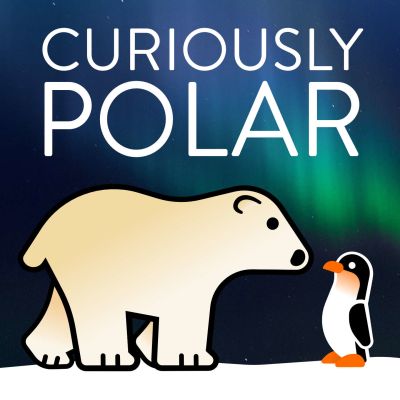The Arctic and the Antarctic are privileged locations for observers interested in understanding how our world is shaped by the forces of nature and the workings of history. These areas have inspired countless humans to undertake epic expeditions of discovery and have witnessed both great triumphs and miserable defeats. As a planetary litmus paper it is at the poles we can detect the effects of natural oscillations and human activities on the global ecosystems.
https://curiouslypolar.com/
048 Air New Zealand Flight 901
When, on November 28, 1979, the fourteenth Air New Zealand sightseeing flight 901 to the Antarctic crashed on the slopes of Earth's southernmost active volcano, Mount Erebus, the full extent of the disaster was not yet in sight. With "an orchestrated litany of lies" airline executive and senior pilots tried to cover up evidence and disguise facts, blaming the two pilots for the crash. The investigation by New Zealand's chief inspector of air accidents lacked an understanding of the complexities and its investigation techniques were revealed as lacking in rigour, which allowed errors and avoidable gaps in knowledge did not expose the airline's attempt and instead reiterated the theory of human error. However, the airline's directors felt that the second investigation exceeded their competencies when they stated in their report that there was a conspiracy with which Air New Zealand intended to cover up the mistakes of ground personnel and successfully sued in court. Only in 1999, the second investigation report was submitted by the then Minister of Transport to the New Zealand Parliament. As of today, the crash remains Air New Zealand's deadliest accident, as well as New Zealand's deadliest peacetime disaster and the second largest disaster in Antartica.
